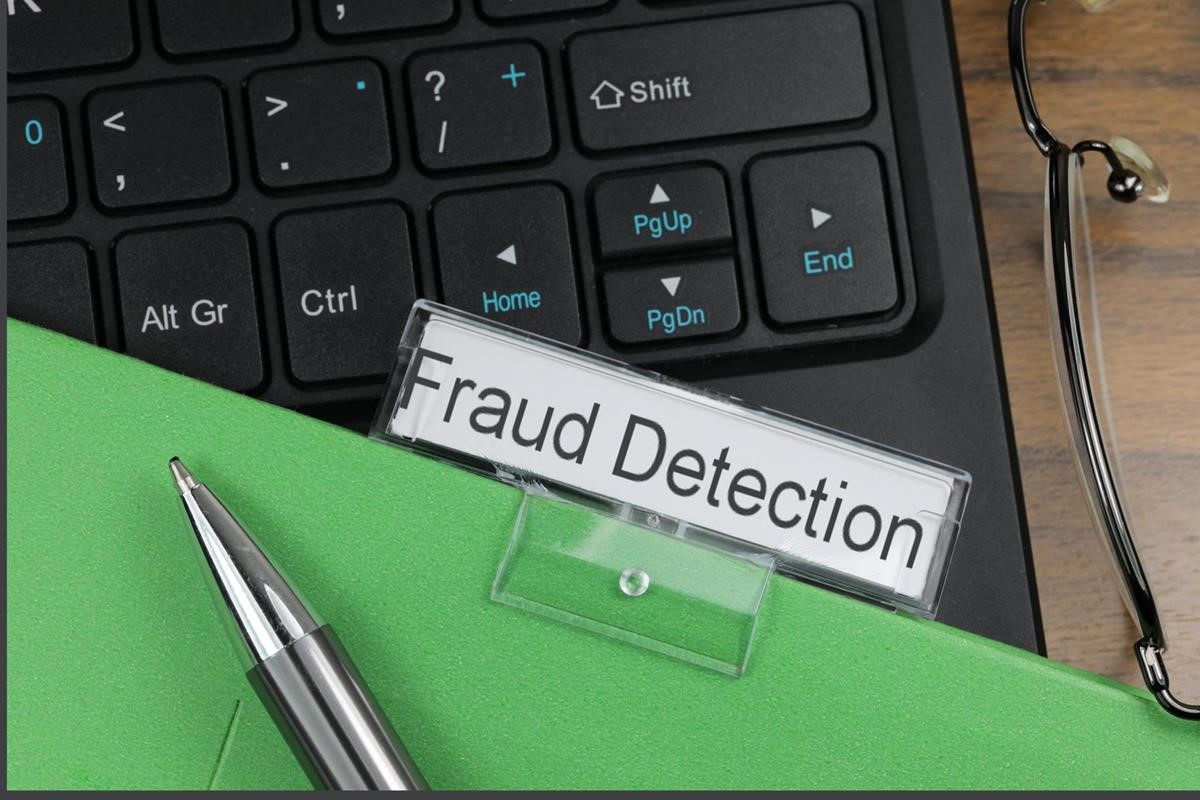It is not the file you send. It is what is hidden inside it.
Every time you share a document, photo, or spreadsheet, you may be disclosing more than you intended. Not in the text. Not in the numbers. But in the metadata, the invisible fingerprints your files carry.
That “final_report_v3.docx” you emailed last week? It might tell your boss that you were not the author. Or that it was edited at 2:43 am, by someone else. That PDF you uploaded to the regulator? It might include your GPS coordinates. Your internal network name. Even the username of the junior officer who typed it.
Metadata does not lie. It tells when a file was created. Where it was edited. Who opened it last. How long they spent on it. It is the digital equivalent of body language, subtle, subconscious, and often more revealing than words.
Why this matters for your organization
In fraud investigations, metadata has become a goldmine. Investigators from Summit Consulting Ltd recently cracked a procurement forgery ring after noticing that multiple bid documents, supposedly from different companies, had identical author metadata, same username, same creation timestamp, same font template. The fraudster? An insider from the procurement team.
In a court of law, improperly scrubbed metadata can sabotage your entire case. You redact the names in a whistleblower report, but the metadata still shows the original filename “Complaint_by_John_K.pdf”.
You may think you are sending a clean file. You are not.
In one audit of a government agency, the internal audit team flagged multiple suspicious payments. But what broke the case open was metadata from Excel files attached to fake invoices. Each invoice claimed to be from a different supplier. But the file properties told another story. All had been saved from the same laptop under the same Windows account “admin_kintu”.
Another time, a leaked PDF report from a high-profile SACCO scandal caused panic when journalists discovered metadata showing the document had been authored by the SACCO’s own legal officer despite public statements denying any internal involvement.
Three metadata traps to avoid today
- Blindly forwarding files. When you forward a Word or Excel document, you are forwarding its entire edit history. Who made what changes. And when. Sometimes, even deleted comments reappear when opened in different versions.
- Uploading documents without scrubbing. Every upload to a website, shared drive, or third-party regulator submission should go through a metadata scrub. Otherwise, you might be leaking internal usernames, drive paths, or sensitive workflow history.
- Over-reliance on redaction tools. If you redact a file in Word or PDF using normal highlight-delete, the metadata (and sometimes the previous versions) are still embedded. You must flatten or sanitize the file using forensic-grade tools.
What you must do now
You need a metadata awareness policy. Not just for IT. But for everyone who sends, shares, edits, or uploads documents.
At Summit Consulting Ltd and IFIS, we recommend three layers of defense:
(i) Train your staff. Metadata risks must be part of cybersecurity and fraud awareness training. Do not assume knowledge.
(ii) Deploy automated tools. Tools like Metashield or cleanDocs can scrub documents before they are emailed or uploaded. Automate hygiene.
(iii) Build metadata review into your investigations. Every fraud investigator must know how to extract metadata and use it to correlate evidence. It is the new fingerprint.
Metadata never forgets
In the age of digital forensics, every file is a potential witness. And metadata is the diary it secretly keeps.
You would not walk into a courtroom with your home address written on your forehead. So why submit files with invisible trails pointing right back to your desk?
Clean before you send. Or risk revealing more than you know.





